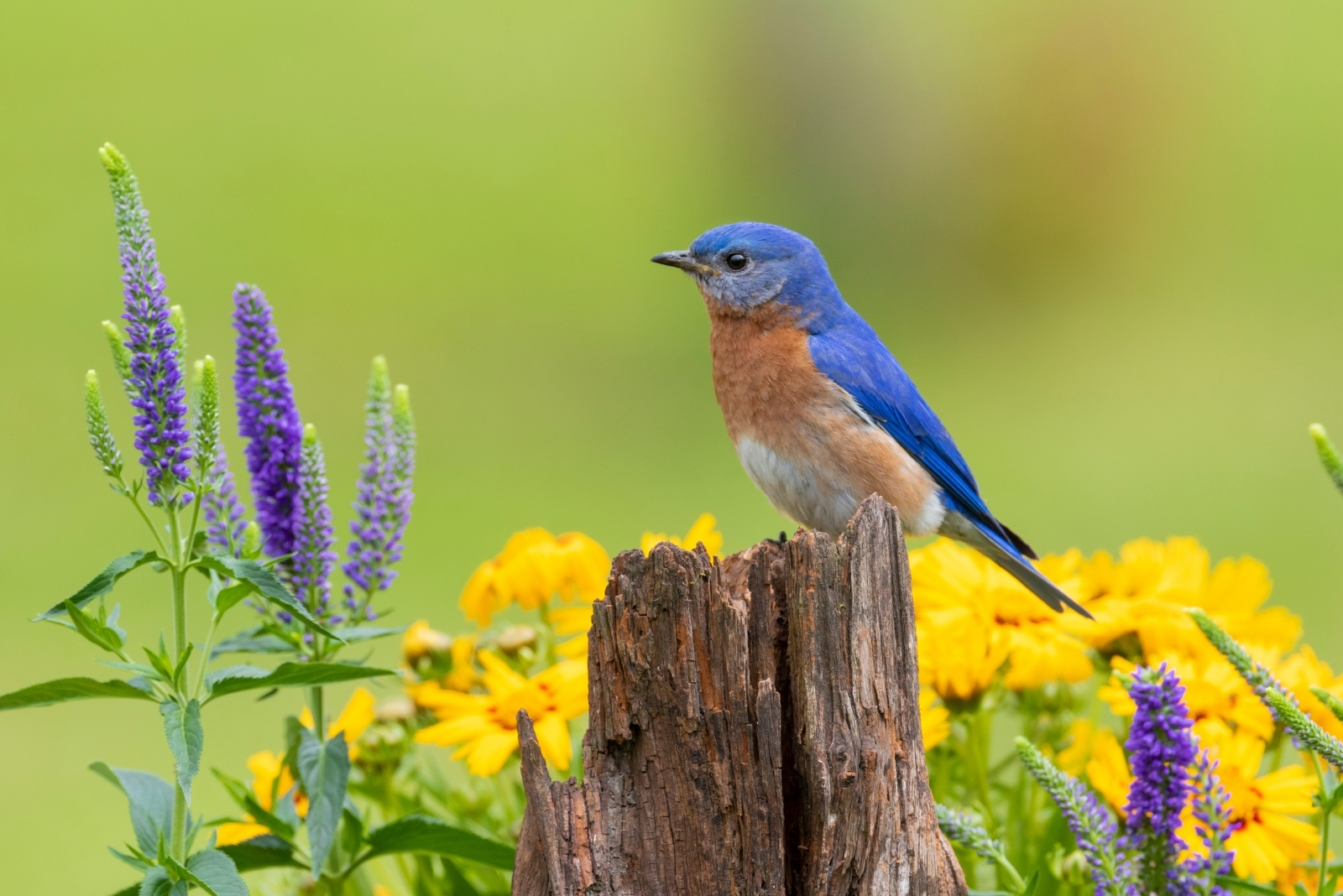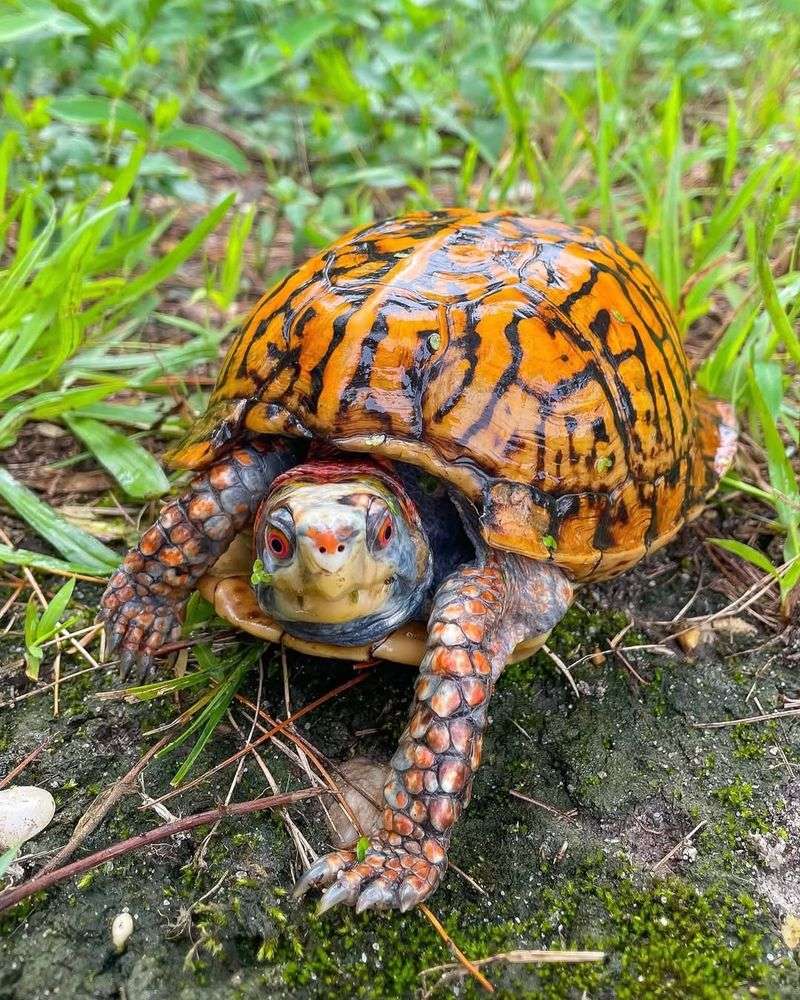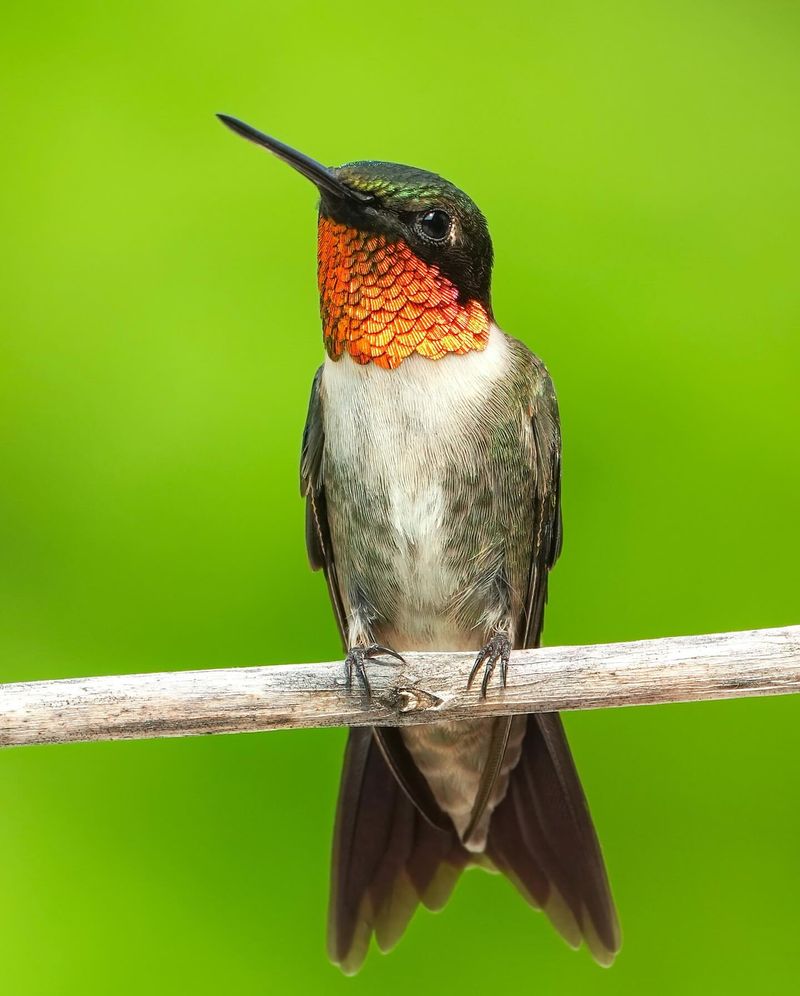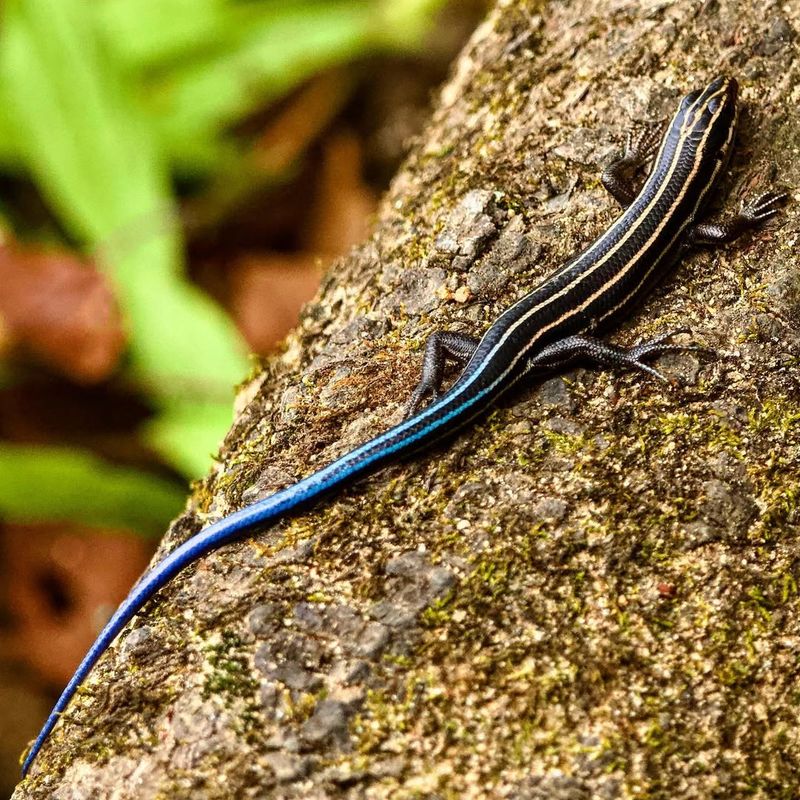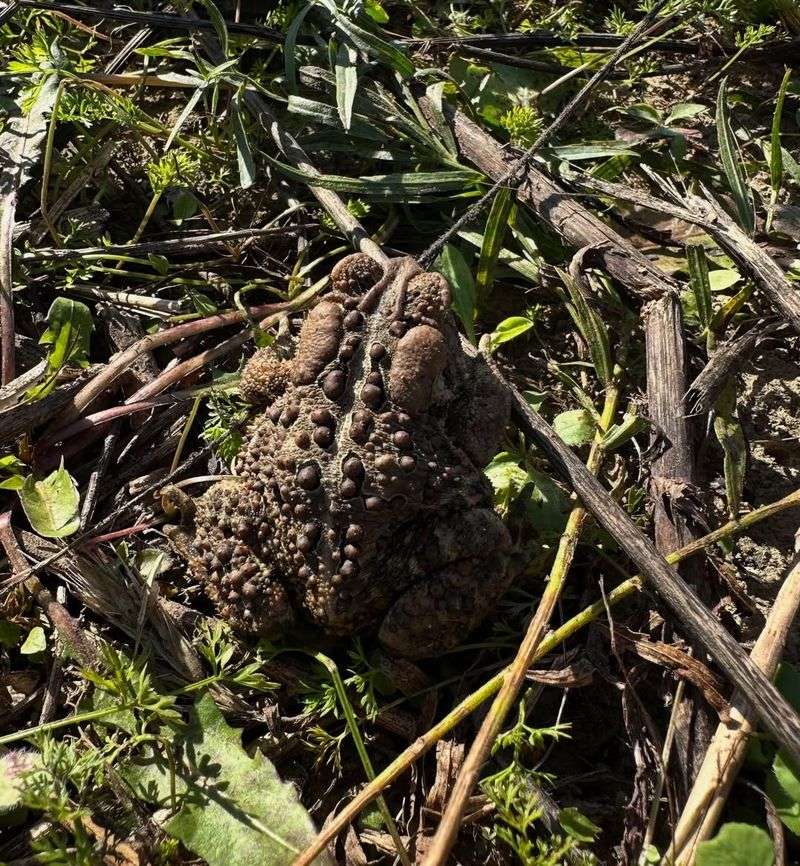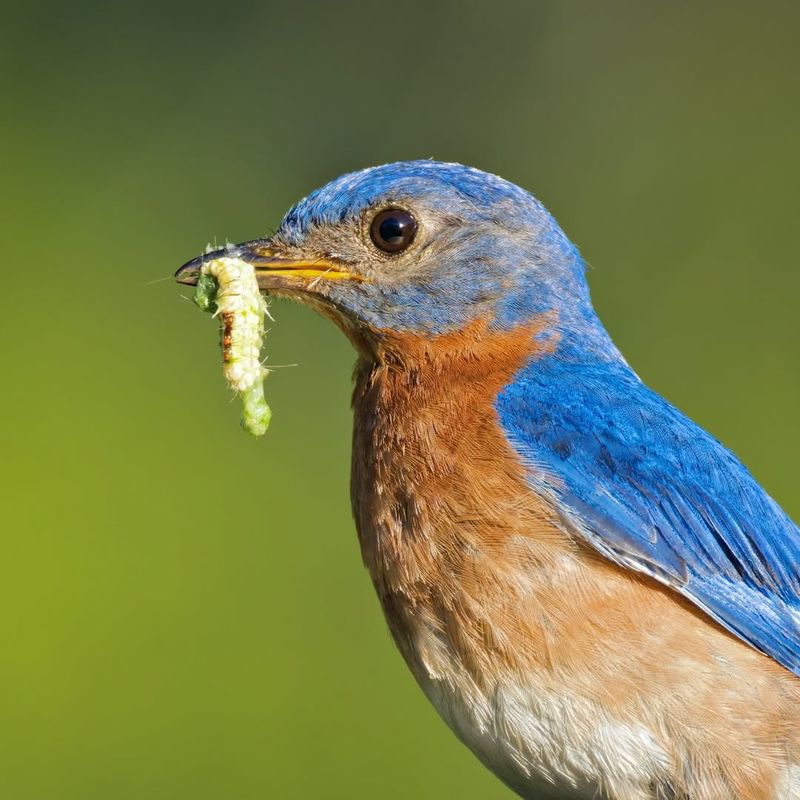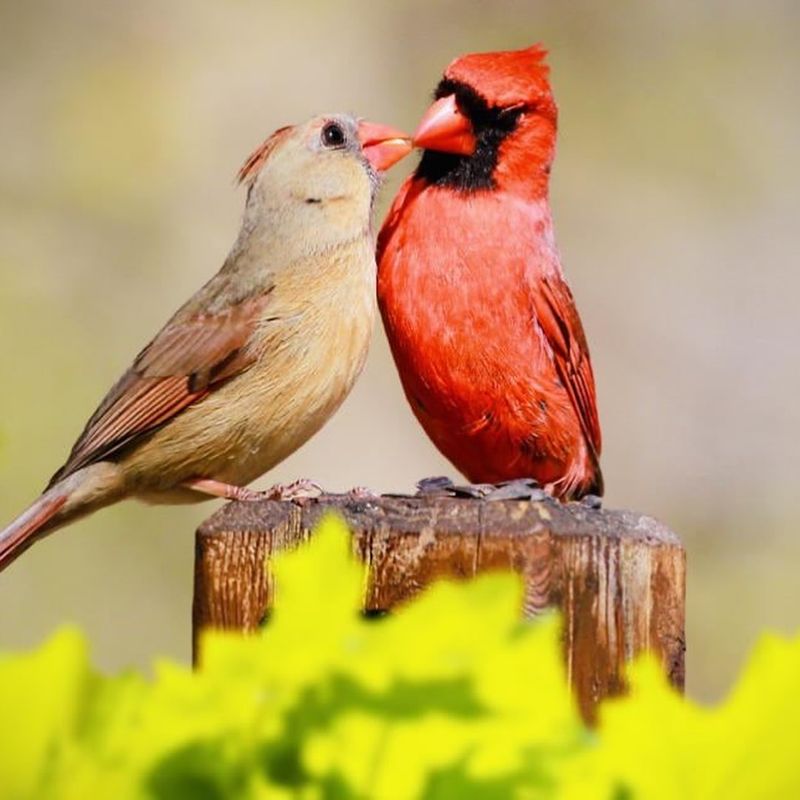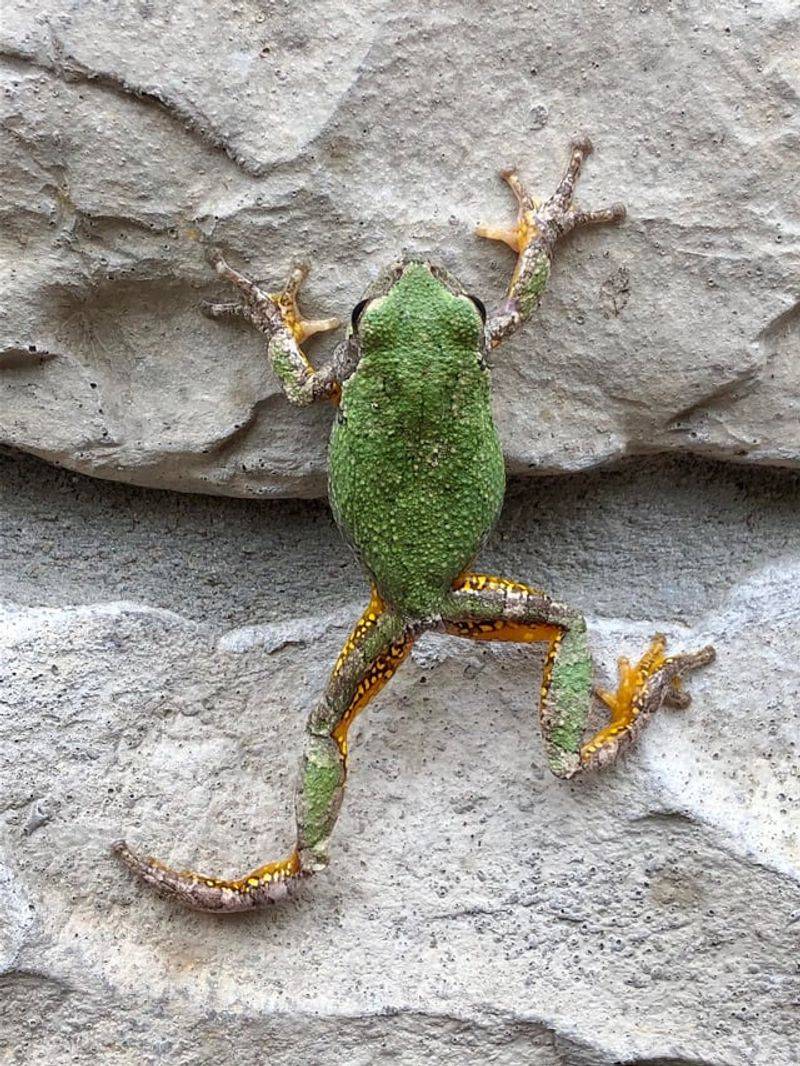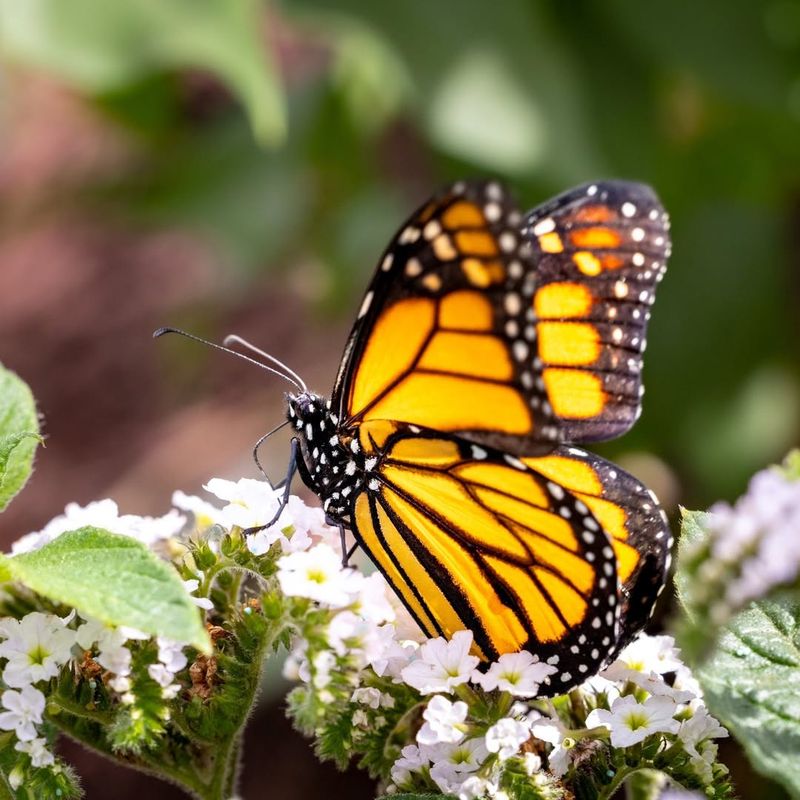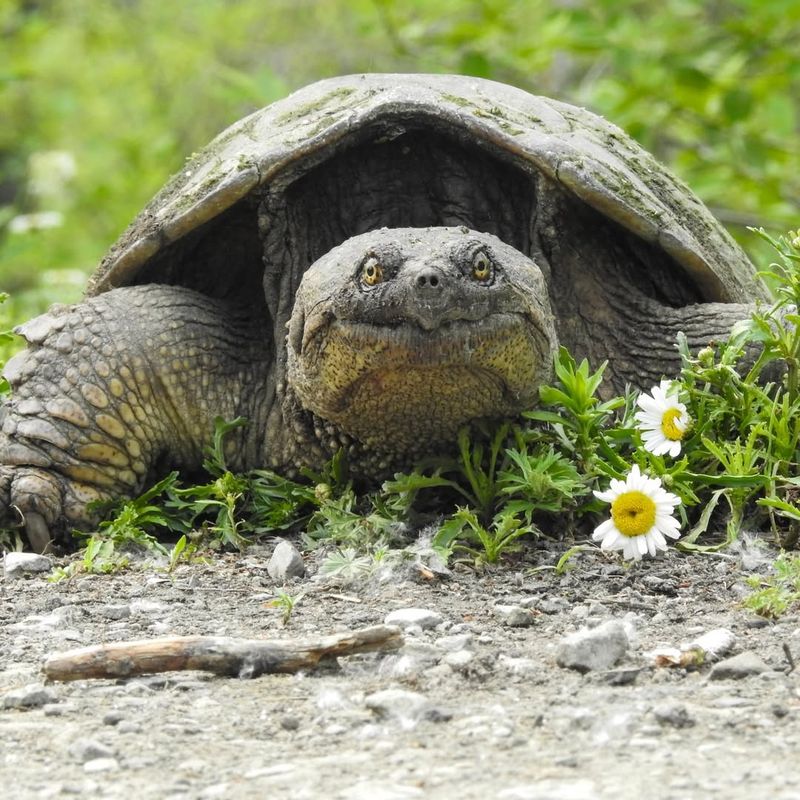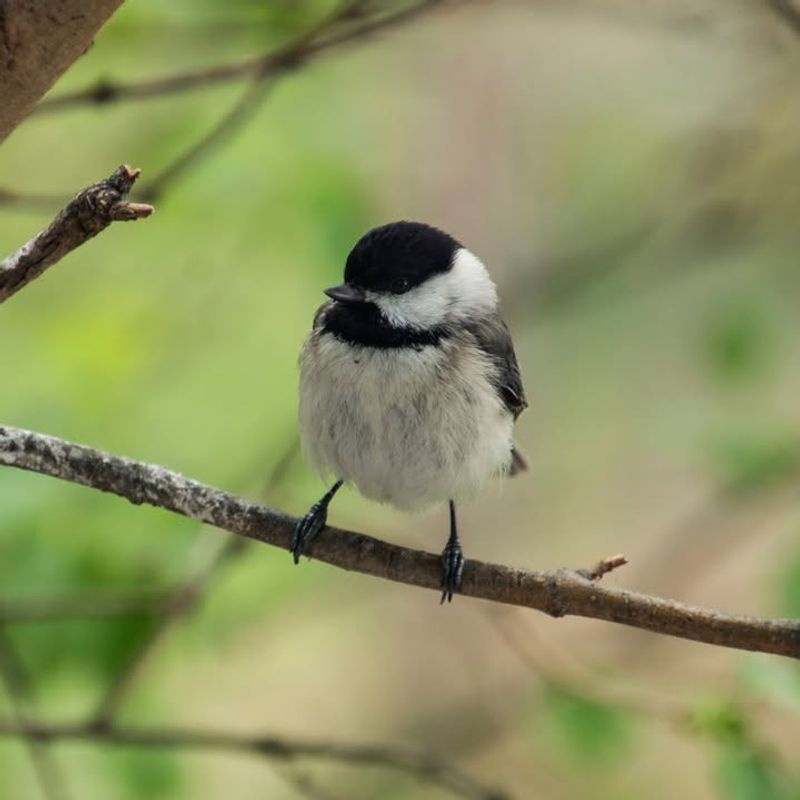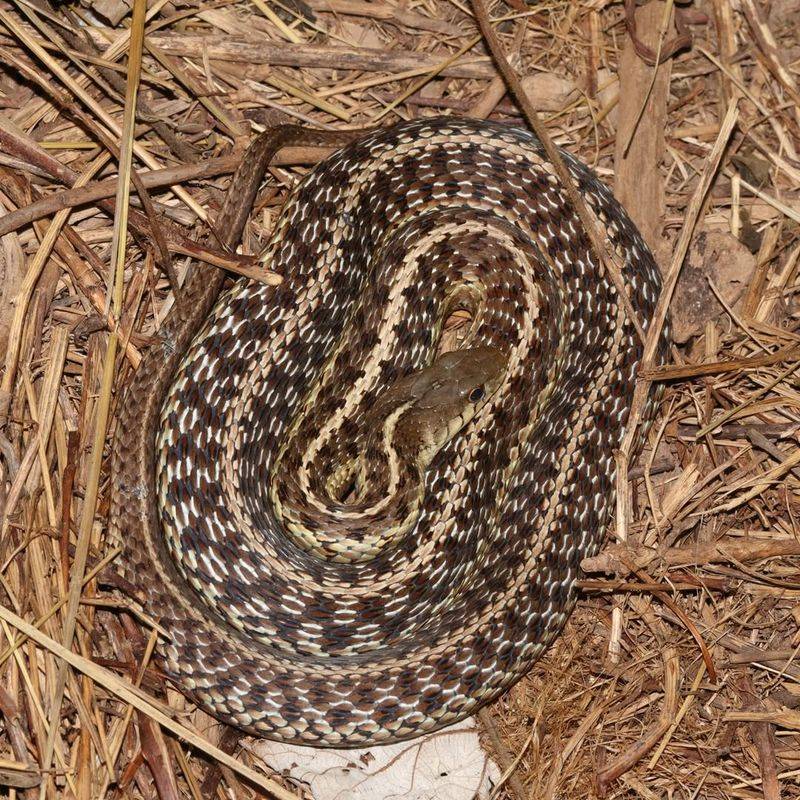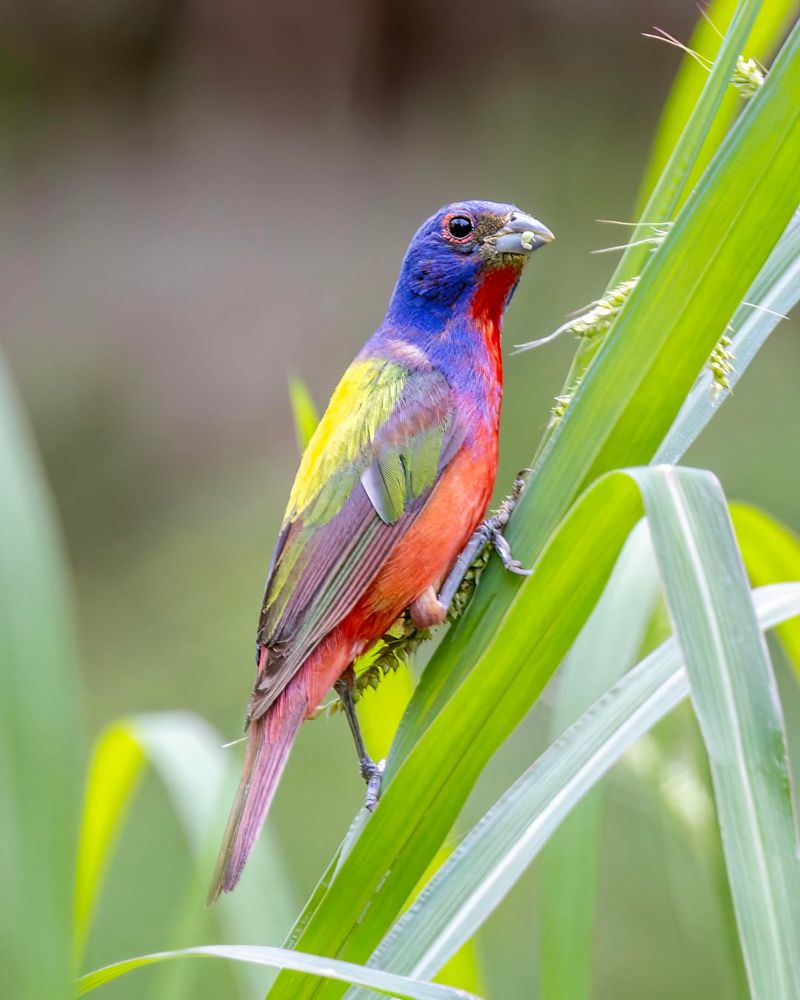North Carolina gardens are home to many fascinating creatures, but some are off-limits by law. Even if they seem like pests, these animals have protection for a reason.
Understanding the rules helps you coexist responsibly while keeping your yard in order. Knowing which visitors are protected makes backyard life more interesting.
1. Eastern Box Turtle
With its dome-shaped shell decorated in stunning patterns, this turtle has called North Carolina home for millions of years. State law prohibits taking, possessing, or selling these ancient reptiles because their populations have dropped dramatically.
Box turtles spend their entire lives in small territories, sometimes no bigger than a football field. If you spot one crossing your yard in North Carolina, consider it a lucky sign and let it pass safely on its journey.
2. Ruby-Throated Hummingbird
These tiny aerial acrobats weigh less than a nickel yet migrate thousands of miles each year. Federal law protects all native birds in North Carolina, including these jewel-toned visitors that brighten summer gardens.
Males flash brilliant red throat feathers that shimmer like rubies in sunlight. Planting native flowers and hanging feeders helps these protected birds refuel during their incredible journeys. Never attempt to keep or harm one, as hefty fines apply across the state.
3. Five-Lined Skink
Sporting flashy blue tails when young, these sleek lizards zip through Carolina yards hunting insects. Wildlife protection laws in North Carolina cover native reptiles like skinks, making it illegal to capture or sell them.
Their vibrant coloring fades as they mature, but their appetite for garden pests never does. Watch them dash across decks and walls, controlling bug populations naturally. Providing rock piles and leaf litter gives these protected helpers perfect hiding spots.
4. American Toad
Despite old myths, touching these bumpy amphibians won’t give you warts! North Carolina laws protect native toads as essential parts of healthy ecosystems.
Their musical trills fill spring evenings as males call for mates near ponds and gardens. A single toad devours thousands of insects each summer, making them natural pest control experts. Creating moist hiding places under boards or in gardens welcomes these protected bug-eaters to your Carolina property.
5. Eastern Bluebird
Few sights brighten a Carolina morning like the flash of brilliant blue feathers across your lawn. Federal and state protections shield these beloved songbirds from harm throughout North Carolina.
Bluebirds nearly vanished decades ago but made a remarkable comeback thanks to conservation efforts. They hunt insects from low perches, then return to nesting boxes that homeowners provide. Installing proper bluebird houses helps these protected beauties raise their families safely in your yard.
6. Northern Cardinal
Blazing red males and elegant tan females make this species North Carolina’s official state bird. Like all native birds, cardinals enjoy full legal protection from collection or harm.
Their cheerful whistles echo through neighborhoods year-round, unlike many birds that migrate south. Cardinals mate for life and often visit the same feeders daily. Watching pairs share sunflower seeds demonstrates why North Carolina chose this loyal bird as its feathered symbol.
7. Gray Treefrog
Masters of disguise, these color-changing amphibians blend perfectly with bark and leaves in Carolina yards. State wildlife laws protect all native frogs, including these vocal nighttime performers.
Their loud trilling calls sound like birds but come from tiny throats no bigger than your thumbnail. Sticky toe pads let them climb walls and windows, hunting moths attracted to porch lights. Keeping natural areas in your North Carolina yard provides crucial habitat for these protected climbers.
8. Monarch Butterfly
Orange wings edged in black make monarchs one of nature’s most recognizable travelers. While not officially listed, North Carolina actively works to protect these declining pollinators through conservation programs.
Each delicate butterfly may journey over two thousand miles to reach Mexico for winter. Only milkweed plants can sustain their caterpillars, making every Carolina garden with milkweed a potential monarch nursery. Planting native milkweed species directly supports these amazing insects in your own backyard.
9. Snapping Turtle
Looking like miniature dinosaurs, these powerful reptiles have survived unchanged for millions of years. North Carolina regulations protect snappers from overharvesting, though specific rules vary by location.
Their prehistoric appearance and strong jaws command respect, but they’re actually shy and prefer avoiding people. Snappers keep ponds clean by eating dead fish and plants. If one visits your Carolina yard, admire it from a distance and never attempt to relocate it without proper authorization.
10. Carolina Chickadee
Curious and fearless, these acrobatic little birds often approach within feet of people. Federal protections cover chickadees throughout North Carolina, safeguarding their year-round presence in backyards.
Their distinctive chick-a-dee-dee-dee call warns other birds about nearby predators. Weighing barely more than two pennies, they brave harsh winters by hiding thousands of seeds in tree bark. Offering sunflower seeds and suet attracts these protected entertainers who bring personality and pest control to Carolina properties.
11. Eastern Garter Snake
Striped and speedy, garter snakes are among the most common reptiles in North Carolina yards. While not specifically endangered, native snakes receive general wildlife protections throughout the state.
Completely harmless to humans, they feast on slugs, insects, and small rodents that damage gardens. Many people wrongly fear all snakes, but garters are actually helpful neighbors. Leaving natural areas with ground cover provides shelter for these protected pest controllers in your Carolina landscape.
12. Painted Bunting
Looking like someone painted them with every color in the crayon box, male painted buntings dazzle lucky North Carolina observers. Federal law strictly protects these stunning songbirds from capture or trade.
They arrive in coastal Carolina areas during breeding season, seeking dense shrubs for nesting. Habitat loss threatens their populations, making backyard sanctuaries increasingly important. Planting native grasses and shrubs while avoiding pesticides creates safe spaces for these protected rainbow-colored visitors to thrive.

